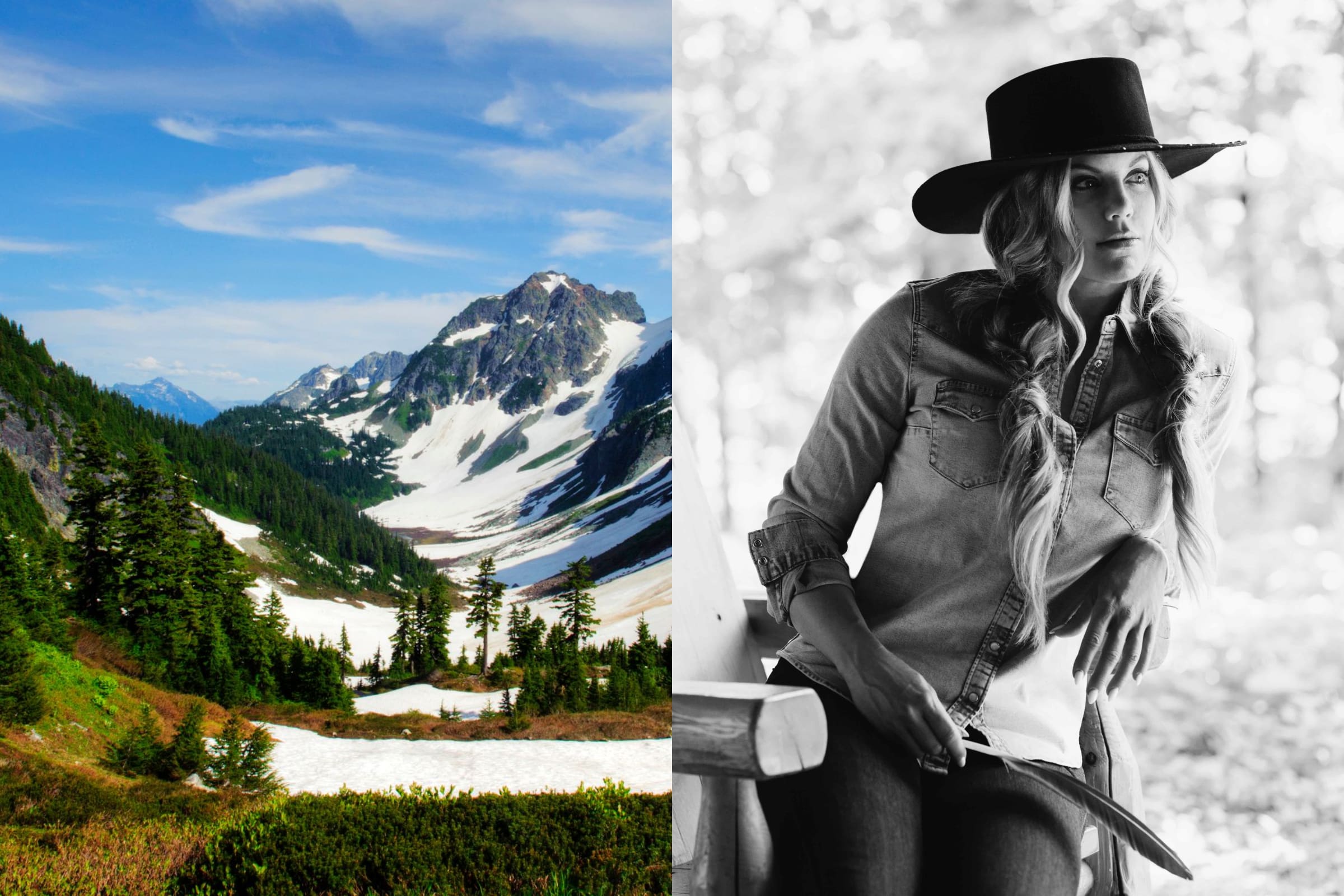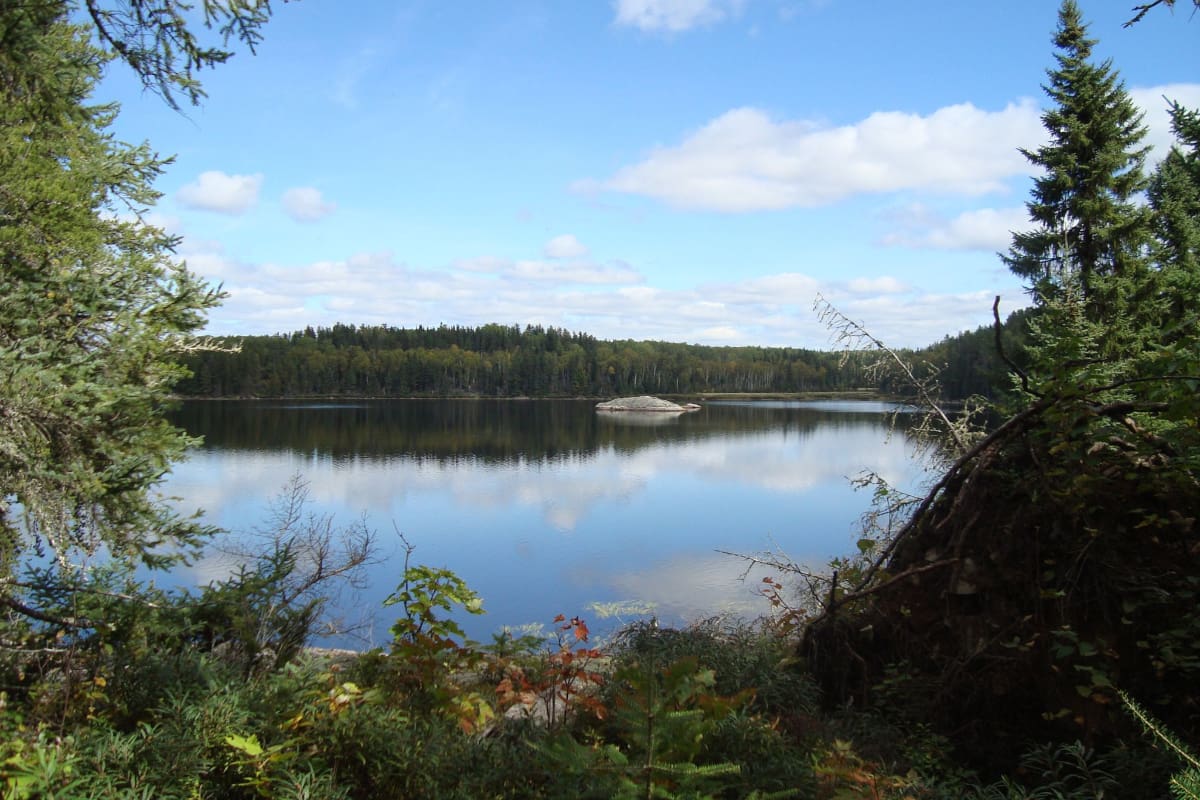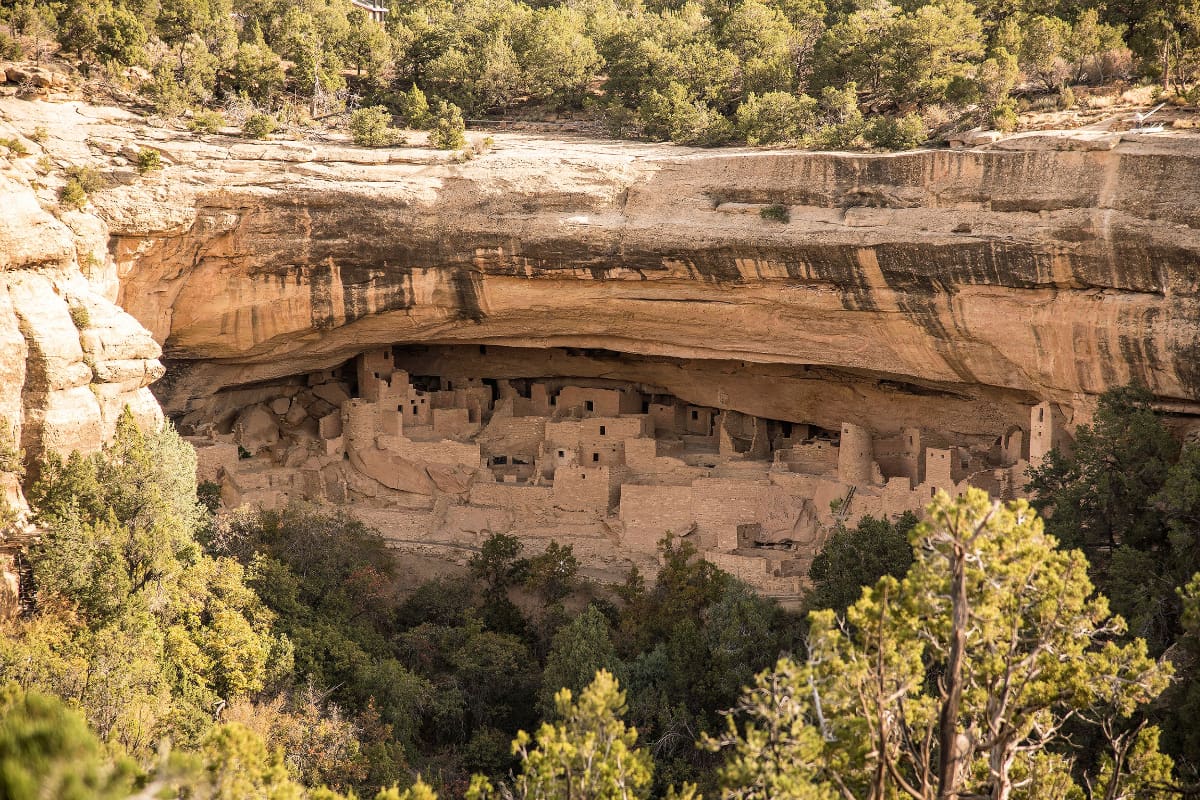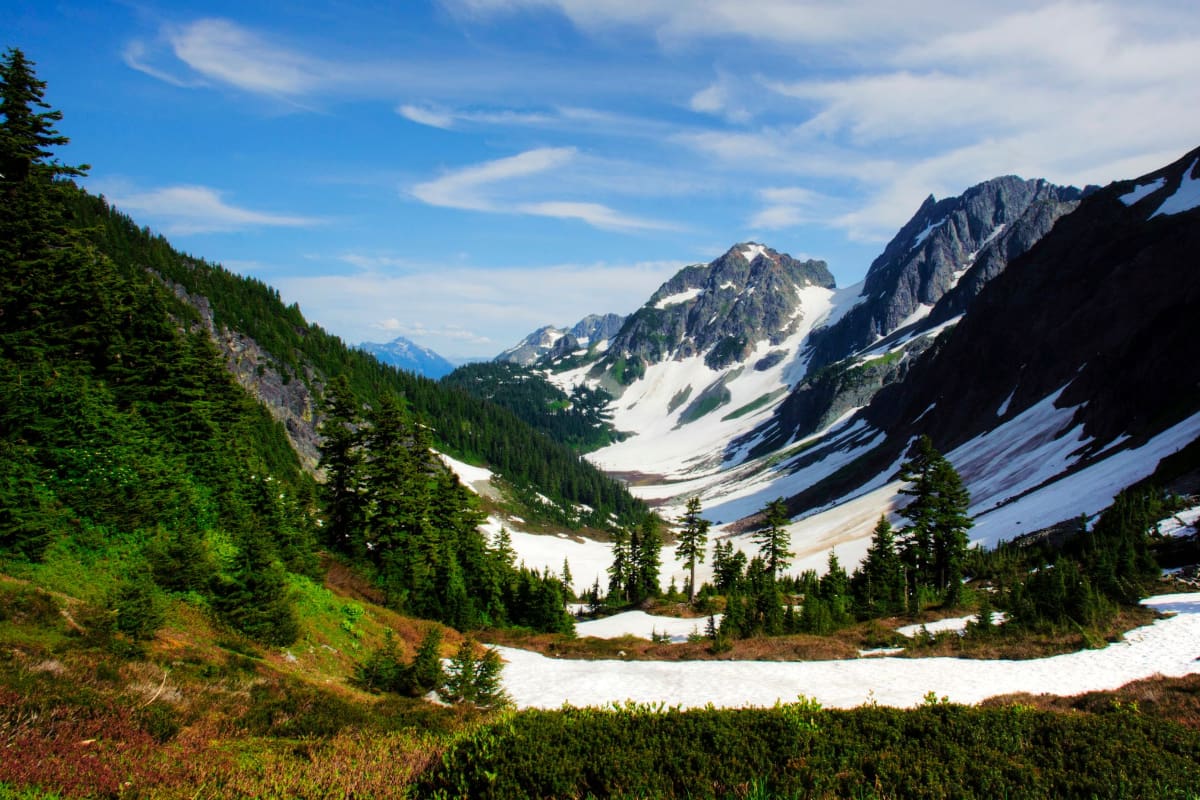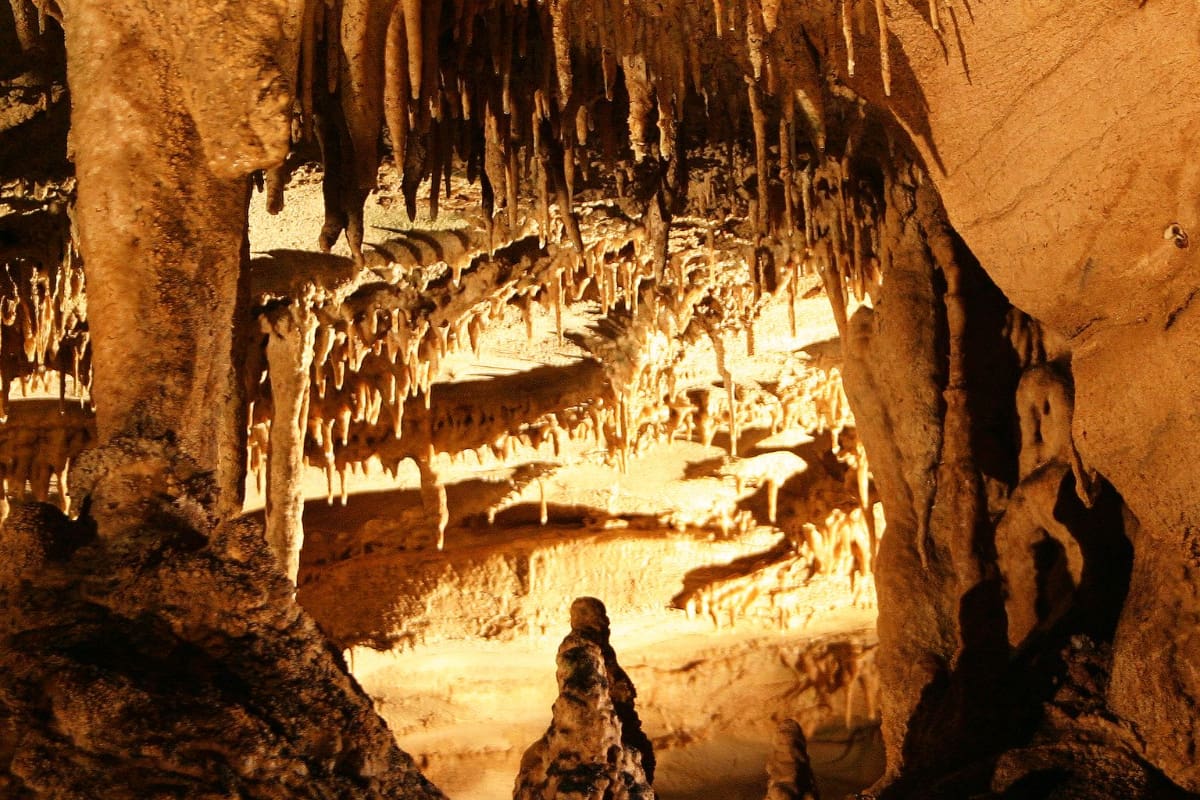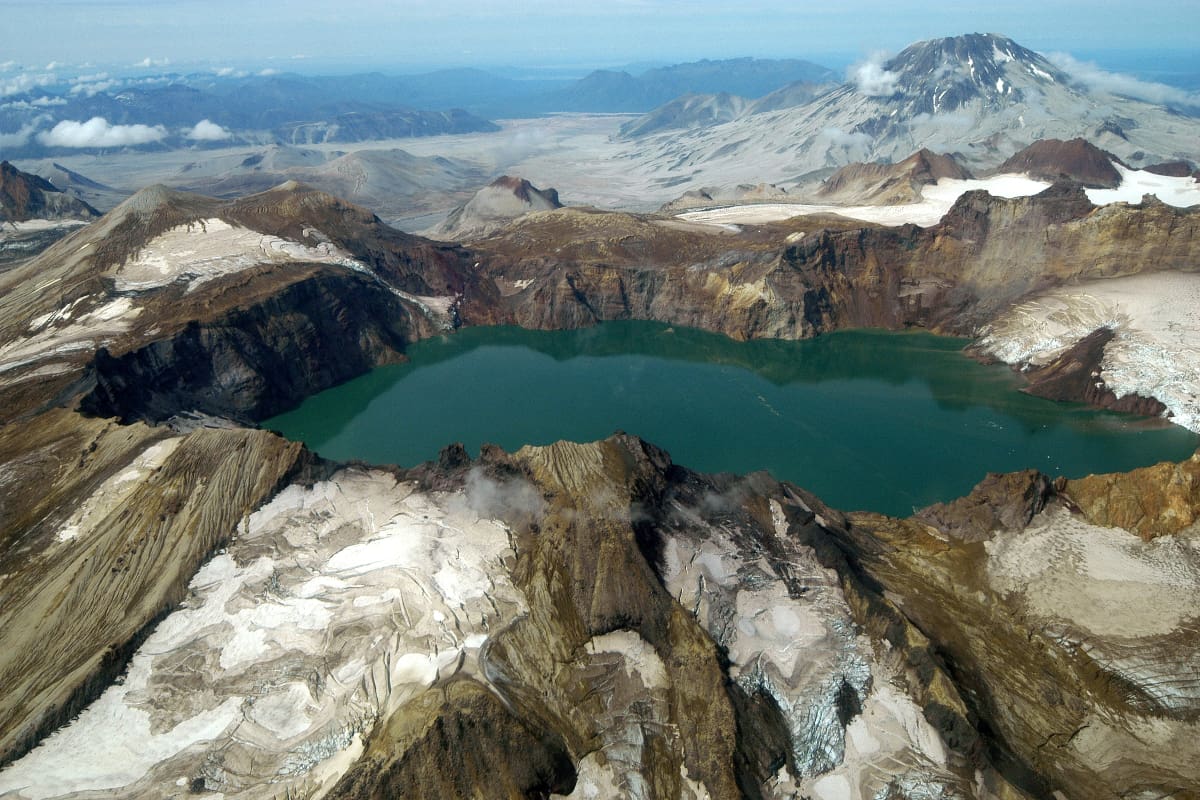Summer and road trips go hand in hand, and national parks continue to be bucket list destinations combining nature and history. We are blessed that our forefathers had the foresight to protect these natural treasures. Woodrow Wilson created the National Park Service with the Organic Act of 1916. Theodore Roosevelt, often considered the “conservation president,” had a huge impact well past his presidency, doubling the number of national parks.
Today, the National Park System encompasses 423 unique sites set across more than 85 million acres in every state. As you can imagine, hundreds of millions of people venture out each year to take in all that natural beauty. Even in 2020, the year of COVID and temporary closures, 237 million people sought refuge in a national park.

Portraiture by Camille Lizama
With so many choices, it can be tough to pick a park to visit. Many of us are familiar with the most popular ones: Yellowstone, Yosemite, Zion, Redwood, Joshua Tree and Great Smoky Mountains, to name a few. You really can’t go wrong, but if you’d prefer to avoid a crowd, here are some lesser known places that offer equally incredible experiences.
A road trip to a national park is an easy, adventurous and educational vacation all wrapped into one. While we’re visiting, camping or passing through, let’s think of those before us who made conservation a priority and ensure we do our part to preserve these amazing natural wonders for the future.
Voyageurs National Park
One park worth visiting that doesn’t require many road miles is situated near International Falls. Established in 1975, Voyageurs is perfect for water aficionados as 40% of the park is water, making it great for fishing, canoeing and kayaking. The name pays homage to the French-Canadian fur traders who were the first European settlers to frequent the area. It’s also a wonderful winter destination to experience on snowmobile or cross-country skis.
Mesa Verde National Park
Located in Southwest Colorado, Mesa Verde (“green table”) is named for the many juniper trees and other abundant foliage in the area. It’s home to numerous ruins of villages and dwellings built by the ancient Pueblo peoples from 600 to 1300 AD. In fact, there are 4,000+ archaeological sites and 600+ cliff dwellings. Theodore Roosevelt deemed this area a national park in 1906 to preserve these important historic landmarks.
North Cascades National Park
Just a two-hour drive from Seattle sits North Cascades. With no shortage of beautiful land and wildlife to discover, it’s ideal for hiking or camping with the whole family. Washington has some of the most beautiful hiking I’ve ever encountered, with trails everywhere. The vistas of evergreen forests, majestic mountains and pristine glacial lakes are unbelievable. The park is also home to 260 prehistoric archeological sites, with some dating back more than 8,500 years.
Mammoth Cave National Park
For those looking for a dark adventure, Mammoth Cave boasts the world’s longest known cave system. It currently consists of a previously explored 400-mile limestone maze, and experts estimate there’s potentially another 600 miles yet to be discovered. A cave this size has thousands of years of human history as well as plant and animal life. Tours are offered, so you can rest assured you’ll resurface from underground.
Katmai National Park and Preserve
Established in 1980, Katmai is one of the least visited national parks, namely because it’s accessible only by boat or plane. It’s perfect if you’d like to really explore the deep wilderness. Katmai is home to more than 2,000 brown bears and hosts an annual Fat Bear Week tournament to honor the impressive animals as they head into hibernation. The most awe-inspiring way to see the park is via a flightseeing tour with a local operator; it’s also your best bet for a safe yet bragworthy bear encounter.
Laura Schara is a lifelong outdoor enthusiast and cohost of the television series Minnesota Bound. Learn more at wildlyliving.com.

